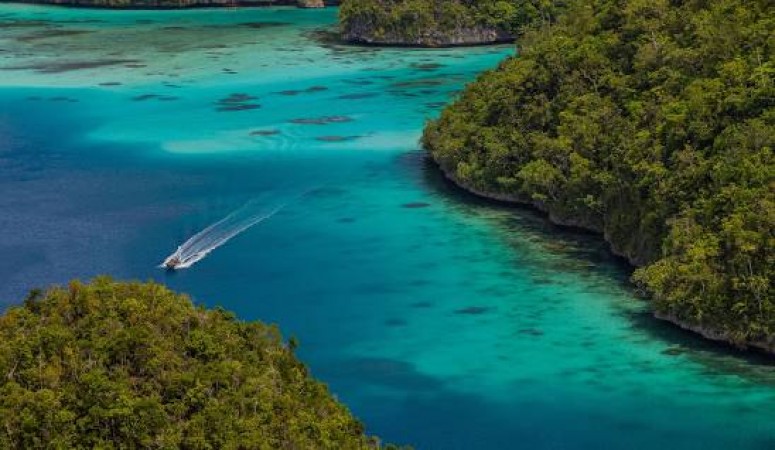
New Guinea, the world's second-largest island, is a captivating blend of cultural diversity and natural wonders that have intrigued explorers, scientists, and adventurers for centuries. Nestled in the southwestern Pacific Ocean, the island boasts lush rainforests, unique wildlife, and a rich tapestry of indigenous cultures that continue to flourish amidst modern challenges. Let us delve into the multifaceted charm of New Guinea, where tradition and biodiversity converge in an extraordinary mosaic.
New Guinea's dense rainforests and diverse ecosystems have earned it a reputation as one of the planet's biodiversity hotspots. The island's isolation from neighboring landmasses allowed for the evolution of a staggering array of flora and fauna found nowhere else on Earth. Exotic species like tree kangaroos, birds of paradise, and the iconic cassowary inhabit the island's verdant landscapes, making New Guinea a haven for nature enthusiasts and scientists alike. Home to over a thousand distinct ethnic groups, New Guinea is a living testament to the resilience of human diversity. Indigenous communities have crafted rich cultures, languages, and traditions that are deeply intertwined with their surroundings. From the intricate carvings of the Sepik River tribes to the mesmerizing dances of the Asaro Mudmen, each culture offers a unique glimpse into the intricate tapestry of New Guinea's human heritage. Indigenous societies of New Guinea possess an intimate understanding of their environment, often utilizing traditional practices that are ecologically sustainable. The ingenious techniques for agriculture, hunting, and resource management have been passed down through generations, emphasizing the harmonious relationship between humans and nature. These practices serve as a reminder of the importance of preserving traditional knowledge in the face of modernization.
The rugged terrain of New Guinea's highlands provides a sanctuary for both nature and culture. Majestic mountains, deep valleys, and swift-flowing rivers characterize this region, where isolated communities have retained their traditional way of life. The Dani people, known for their distinctive clothing and vibrant festivals, offer a glimpse into the harmonious coexistence between humans and the land. New Guinea faces a complex array of challenges, including deforestation, mining, and cultural changes due to globalization. The delicate balance between progress and preservation necessitates sustainable practices that safeguard both the island's cultural heritage and its unique ecosystems. Conservation initiatives strive to protect endangered species, preserve indigenous knowledge, and raise awareness about the island's irreplaceable natural and cultural treasures. While remote villages and ancient traditions are integral to New Guinea's identity, modernity has also found a place on the island. Urban centers like Port Moresby and Jayapura bustle with activity, reflecting the island's evolving role in regional politics, trade, and technology. These modern hubs provide gateways to the exploration of the island's rich history and diverse landscapes.
New Guinea stands as a testament to the extraordinary complexity of our world. Its intertwining threads of culture, nature, and tradition create a living tapestry that invites visitors to unravel its mysteries and celebrate its diversity. The island's rainforests and rivers, its festivals and ceremonies, all come together to form an intricate mosaic that reflects the essence of New Guinea—a realm where the past and present coalesce in a harmonious dance that continues to captivate and inspire.
Also read - Driving Excellence: A Comprehensive Review of the WagonR
Exploring the Enchanting Beauty of Girona, Spain
The Pillars of Ashoka: Enduring Symbols of Ancient Wisdom and Governance